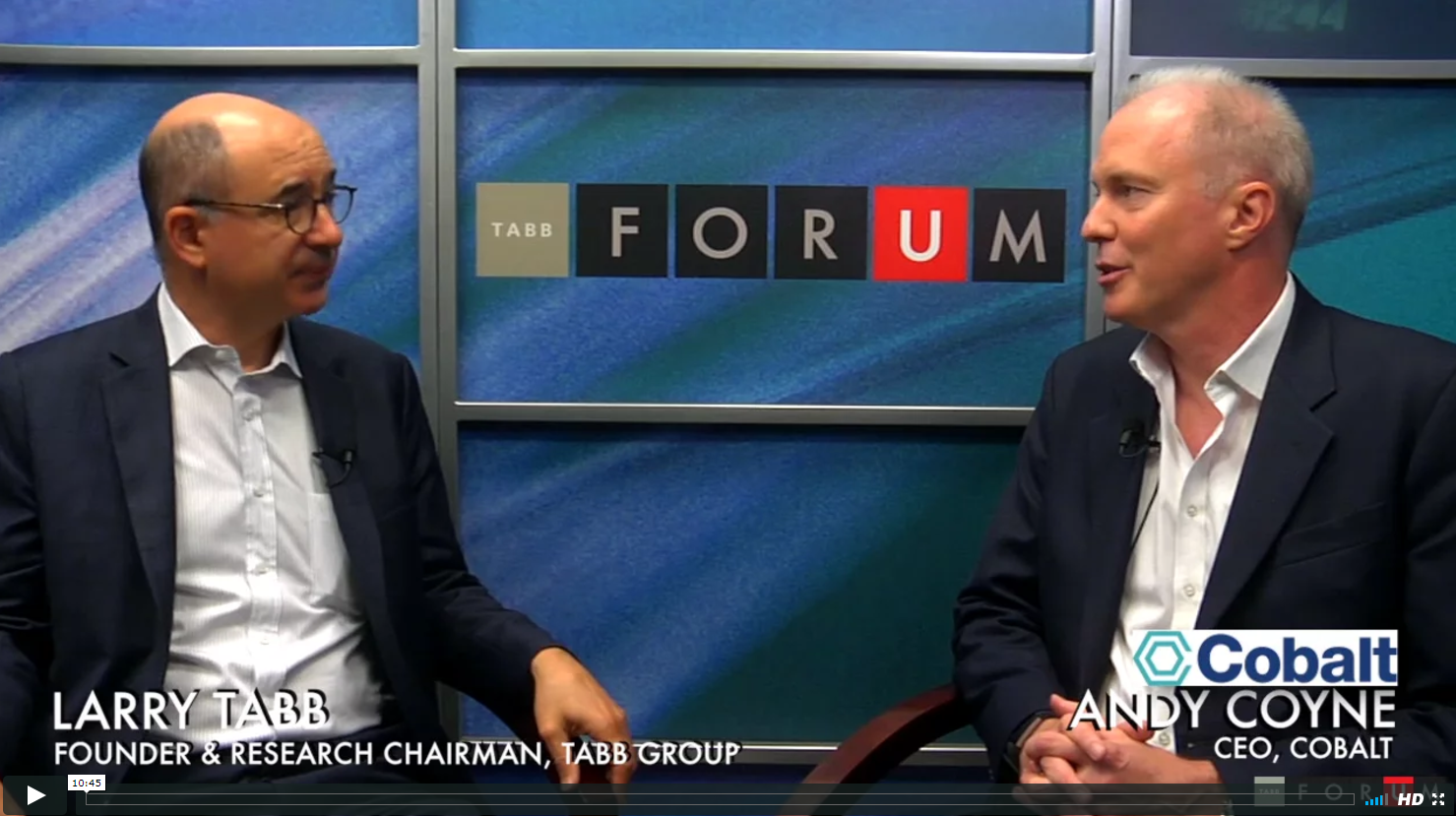During any kind of financial transaction, before the trade, both parties must arrive at a shared understanding of market conditions and prices. After the trade, they need a mutually agreed upon means of processing, recording and settling the transaction. Each firm brings to the table their own applications, algorithms and infrastructure for exchanging data, and together they must agree on how to execute the transaction.
Today, many financial institutions hire 3rd-party settlement agencies (like CLS) to ensure the integrity of these transactions, trusting them to identify and rectify situations where things go sideways, whether innocently or as the result of fraudulent or non-compliant activity. Each company has a team that deals with reconciling these discrepancies. Including these agencies in the high-volume flow of transactions is important, but adds considerable complexity to the flow of information, and can be quite expensive.
The opportunity to fix this glaring market inefficiency is what has so many people in the financial services industry excited about blockchain-based ledgers: a single source of truth that all counterparties can see and trust. No more arguments, no more intermediaries. A distributed, shared, governed ledger based on blockchain effectively establishes shared purpose-specific back-office infrastructure that can streamline and reduce the cost of conducting transactions.
Companies like SETL, Bloq, and Microsoft provide the ledger technology it takes to establish a robust, secure, well-governed Blockchain ledger. Their technology stores all necessary data in the ledger and presents to each counterparty only the data that they need and are permitted to see.
There are two main ways financial firms can implement blockchain for this purpose.
- First, the counterparties can agree to collaboratively host a ledger and blockchain stack, buying the technology from one of the above vendors. This approach eliminates the need for any intermediary, but does put a fair amount of implementation and management work on the counterparties.
- Second, the counterparties can engage one of the new breed of companies focused on providing Blockchain-based intermediary services, which hosts the ledger and performs functions like ensuring the satisfaction of all trading rules, aggregating many transactions in to a final single payment (called netting) and running risk checks to make sure the counterparty can make the trade. While this approach doesn’t completely disintermediate the relationship, the services provided are far simpler and less expensive than those of full-service settlement agencies.
This model and potential value is underscored by Andy Coyne, CEO of Cobalt, which aims to reduce the cost of post-trade processing in the FX market using distributed ledger technology: “Everyone persists their own versions of transactions – multiple times, multiple systems. That all adds up to about $20B of expense. We think that the cost-focused market is now ready to address this issue and we think the way to do that is to have shared infrastructure via distributed ledger technology.”
Asynchronous Messaging is Central to Blockchain
Blockchain-based ledger technology is in its relative infancy, but hold the promise of transforming how counterparties cooperate when trading assets. The multi-party nature of Blockchain makes it an ideal asynchronous messaging application, and as volumes grow it will become the ultimate mission critical application. Enterprise-grade messaging is especially good at handling volume bursts, buffering when a counterparty falls behind in consuming messages, handling important tasks like time-based sequencing, and guaranteeing that no transactions are ever lost before being persisted in the ledger. Solace’s WAN-optimized, lossless messaging is ideal for the distribution of block updates and is in use in blockchain-based ledger implementations around the world.
Explore other posts from category: Use Cases

 Tom Fairbairn
Tom Fairbairn

